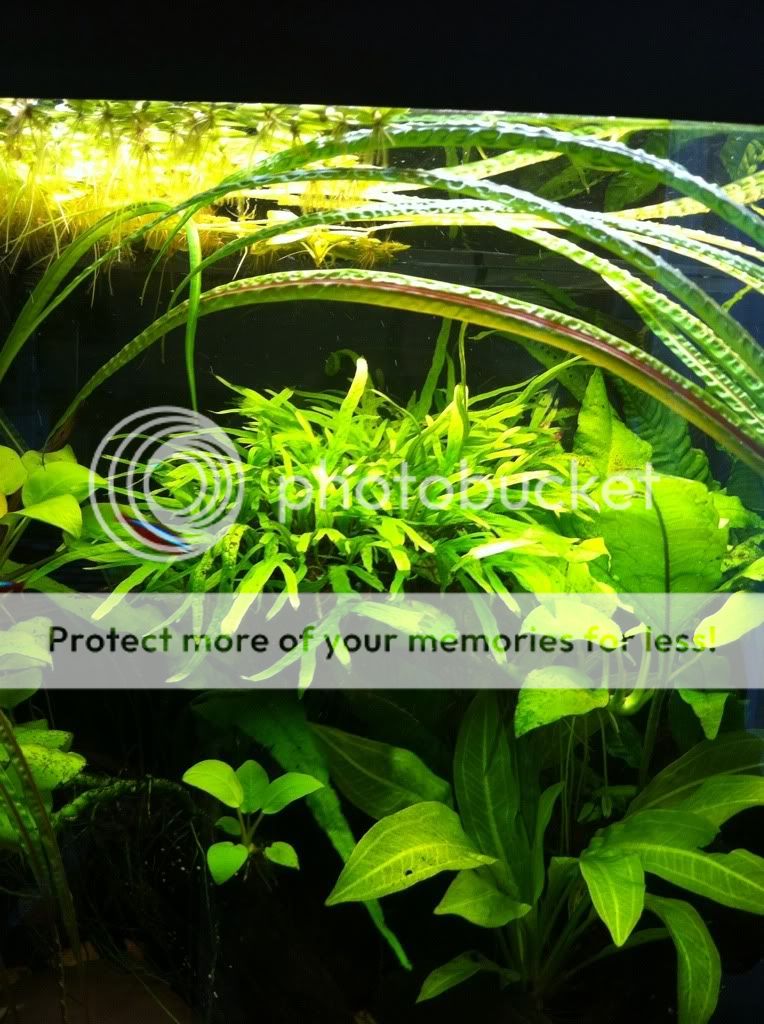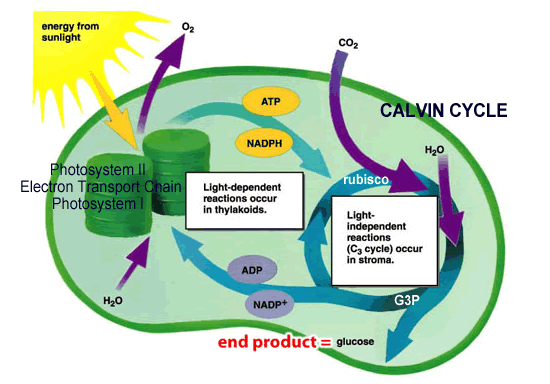hi all,just wondering if plants need time to get used to the tank there in?:dk:
look at this pic:

the plant in the middle,on the floating bogwood, has started to grow fast
every leave has new growth and all the leaves are now lifted up,they have been flat for some time.its almost like its been given the kiss off life.
i did think it was dead 3 or 4 weeks ago but now its like its been woken up.
even the nana on the bog wood has gone mad.
look at this pic:

the plant in the middle,on the floating bogwood, has started to grow fast
every leave has new growth and all the leaves are now lifted up,they have been flat for some time.its almost like its been given the kiss off life.
i did think it was dead 3 or 4 weeks ago but now its like its been woken up.
even the nana on the bog wood has gone mad.



